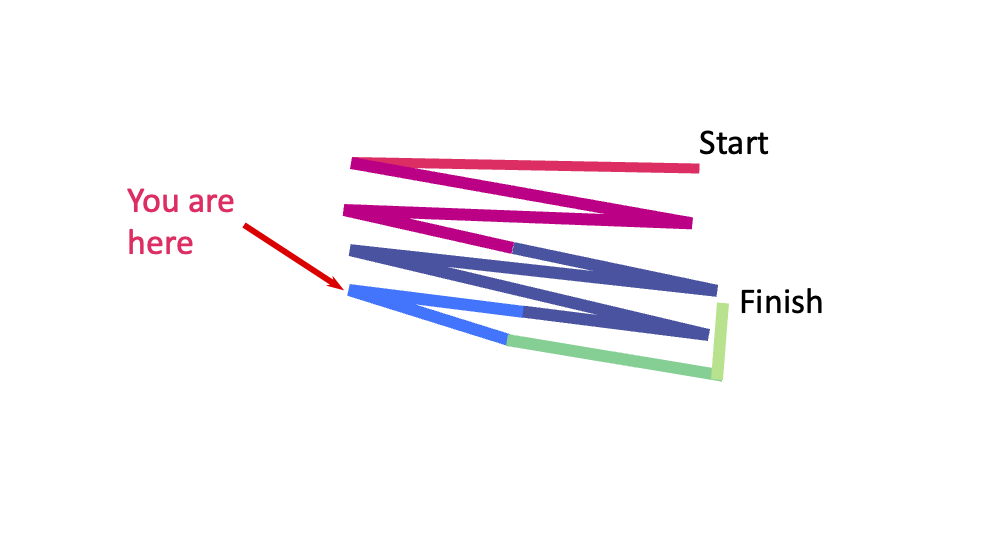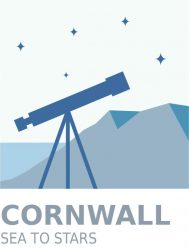Paleozoic Era 4: Devonian Period – Life Thrives on Land
Key Events
- The Devonian Period sees life spread across the continents.
- Plants that disperse spores spread across dry land, forming extensive forests.
- Plants evolve leaves, roots and seeds.
- Lobe-finned fish, the ancestors of all four-limbed vertebrates, adapt to walking on land.
- In the oceans, ammonites join trilobites, coral reefs, primitive sharks and a plethora of fish.
- The Devonian Period ends with a gradual extinction event.
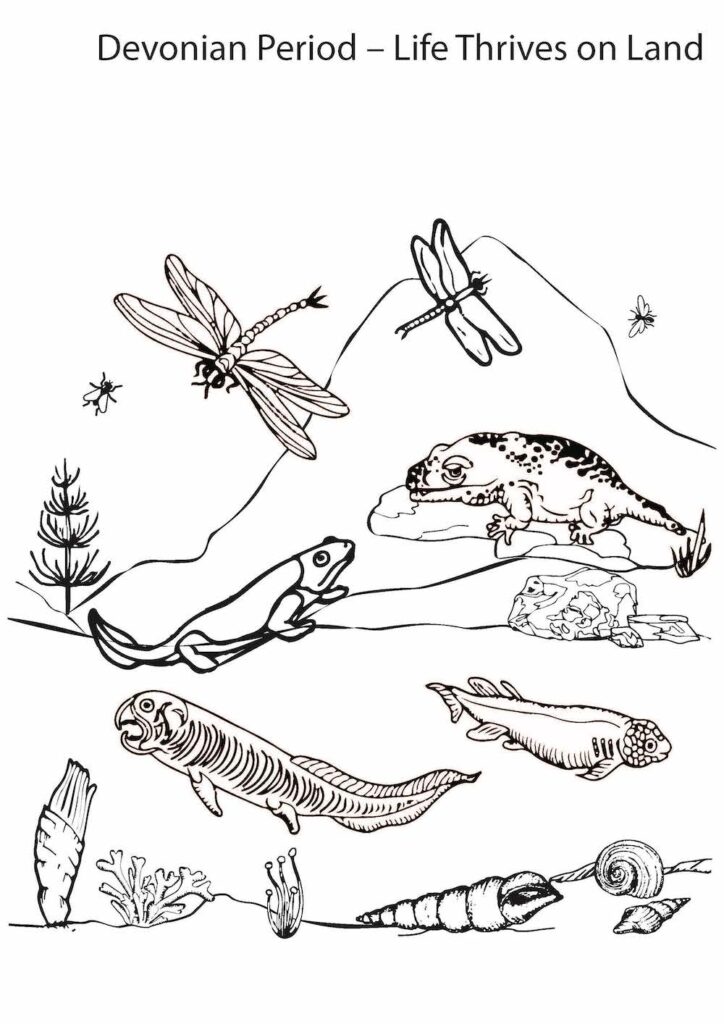
Facts, Debates & Trivia
- The period is named after Devon, where the rocks from this period were first studied.
- The Devonian Period is also known as the ‘Age of Fishes’, due to the diversity of types of fish.
- A large part of Cornwall is formed of slate and sandstone from the Devonian Period.

Conditions
- The climate is relatively warm for most of the Devonian Period.
- The end is marked by a rapid cooling.
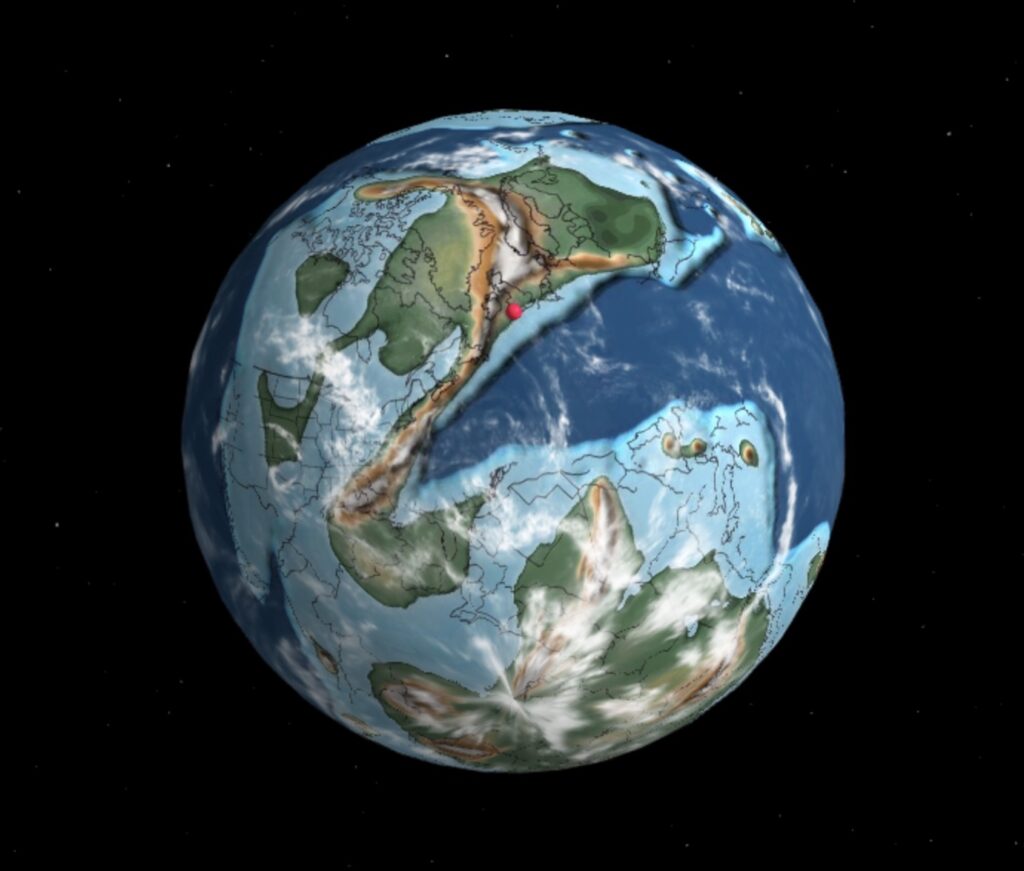
Timeline
419.2 – 358.9 million years ago
(60.3 million years)
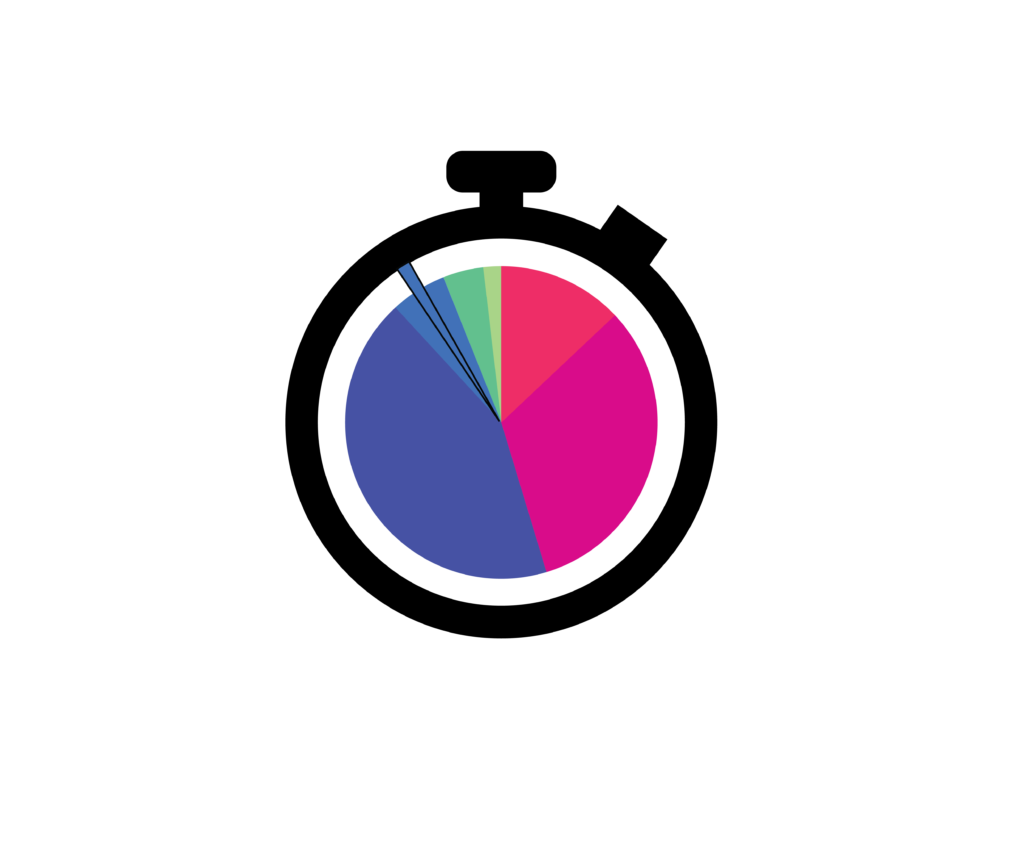

Where have you reached on the trail?
